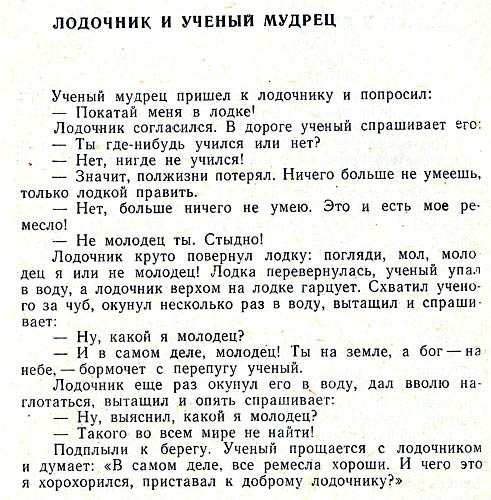
Zhivoderka Ubivaet Krolika
Media in category 'Calliphora vomitoria'The following 40 files are in this category, out of 40 total.
Ponravilwa Vaw forum, zelaju pouchastvovatj, jesli razrewite V kratce o svojom proekte: Opel Manta B coupe GSi '87 god. V 2005 godu bila v idealjnom sostojanie, poskoljku zimoi nejezdil, toljko garaznogo granenija. » » » Borrows Manta borrows: Privet vsem! Melkashka pistolet ruchka sdelatj. Sorry chto translitom, nadejus neobidetesj, na klave ruskih bukv net. Prignana iz Germaniji v 1996 godu, ja, sootvetstvenno pervij vladelec posle nemca.
Mount Zamok with remains of earthen walls of 18th–19th centuries' fortification The first written mention of the city dates from the year 1164. At that time the city was part of and was an important trade center at the confluence of the river Stryi in with a stone church of St. Then called Udech, Zhydachiv formed from two settlements located at a distance of 800 m from each other. Great western fort occupied territory of present-day mount 'Bazyivka' and east fort lies in the mount 'Zamok' ('Castle'). Since then (13th century) comes famous miraculous icon of the Virgin Mary that still remains in the city. Between this two fortifications were also mentioned are six unfortified settlements, which were also included in the structure of the city.
Between the two Fortifications on the old river bed (district Korablysche) most likely was located a river harbor, and the district Bologna may be a main shopping area of the ancient Rus' city. In the mid-14th century, Zhydachiv, together with all of Galicia, was seized by the, then some time became a partin of the Kingdom of Hungary and in 1387 again conquered. From 1434 Zhydachiv, was part of Poland's.
By the end of 14th century, there were two castles, four Orthodox churches, one Roman Catholic church, a Market Square and a wooden Town Hall. King granted in 1393 and several privileges, also founding a Roman Catholic church. Zhydachiv for centuries remained in private hands, among others it belonged to the, had a defensive castle and was the seat of a. In the middle of the 17th century, population of Zhydachiv participated in the Khmelnytsky Uprising also known as the liberation war led by Bohdan Khmelnytsky. In 1772, it was seized by the, as part of Austrian and in 1800 a Jewish rabbinical School was established. From 1 November 1918 until May 1919, it was administered by the.
After the, Zhydachiv became a part of and was the seat of a county in. In 1929, the population of Zhydachiv was almost 4,200 including 1,960 Ukrainians, 1,290 Poles and a quarter of the total population (950 members) were the Jews. In September 1939, Zhydachiv was occupied by the. Soviet authorities deported the Polish residents to.
When the Germans occupied the town in 1941-1944, they kept Jews imprisoned in a. In September 1942, they were deported to the and murdered. After, the city was incorporated into the, and from that time started a process of industrialization. In 1951, Zhydachiv become a home of Ukraine's largest pulp and paper mill, which produces 90% of Ukrainian paper. The population has increased fivefold. After 1991, Zhydachiv has been a city in independent as the center of the in. See also [ ] • References [ ].
A sculpture of Zhivkova in Sofia. Lyudmila Zhivkova's heritage remains disputed in Bulgaria. Some claim that she was the harbinger of alternative ideas, freedom and spirituality, not least through being a woman on Bulgaria's heavily male-dominated public scene. Others see her as the archetypal dissolute, spoilt, confused, imperious, and eternally unfulfilled child of the 'Red Bourgeoisie.' While her zeal was disturbingly notable on the glacial and ultra-conservative Soviet Bloc scene of the 1970s, today it appears to have brought nothing but minor (and moreover transient) advances, and to have prompted many to 'raise their heads above the parapet' only to expose themselves to later persecution. A point of view which emerged in the 1990s cites Zhivkova's marriage to earthy, hard-nosed, hard-drinking, bon-viveur and her association with the widely compromised 1300 Years of Bulgaria Foundation, ascribing to her features of the post-Communist embezzlers, fraudsters and ' who shared-out the spoils of Communist rule in the privatisation campaigns after the 1989 fall of Todor Zhivkov. This minority view reflects the overwhelmingly negative assessments of Zhivkova's father.